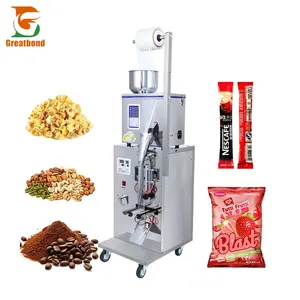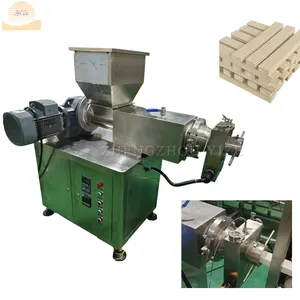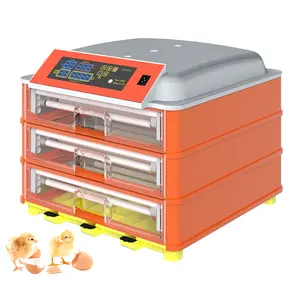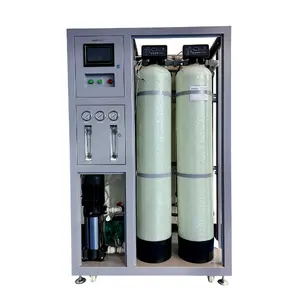Popular in your industry

























































































































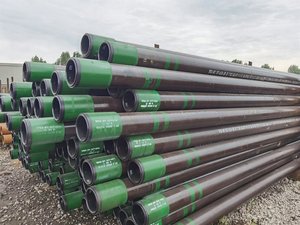


















































Top categories
About fin tube
Fin tubes are heat exchanger components designed to maximize the surface area for efficient heat transfer. They consist of a base tube and attached fins that significantly increase the tube's external surface area. This extended surface area enhances the heat transfer capabilities of the tube, making them ideal for various applications, including air conditioning, refrigeration, and industrial processes. Browse through fin tubes for heat exchangers on Alibaba.com.
Types of fin tubes
The primary types of fin tubes are plain fin tubes, which feature a smooth and flat surface, and low, medium, or high radial fin tubes, where the fins are helically or spirally wound around the base tube. Enhanced surface tubes have fins that are integral to the tube, while bimetallic fin tubes are constructed using two different metals to provide specific properties.
Aluminum fin tubes have aluminum fins and a base tube typically made of steel, copper, or stainless steel, offering corrosion resistance and thermal conductivity. Stainless steel fin tubes have stainless steel fins and tubes, providing excellent durability and corrosion resistance in harsh environments. Copper fin tubes feature copper fins and tubes, combining good thermal conductivity and corrosion resistance, making them suitable for various applications, including HVAC systems and refrigeration.
Applications of fin tubes
Fin tubes play a crucial role in various heat exchange applications, including finned heat exchangers, where the extended surface area of the fins enhances heat transfer. Air conditioning systems utilize fin tubes in condensers and evaporators to efficiently cool or heat air. In the refrigeration industry, fin tubes help in the liquefaction and evaporation of refrigerants. Process industries, such as oil and gas, use fin tubes in heat exchangers to control temperatures in various operations. Power plants employ fin tubes in boilers and condensers to enhance the efficiency of energy generation. In the automotive industry, fin tubes are utilized in radiators for engine cooling.
Advantages of fin tubes
Fin tubes offer several advantages, including their ability to enhance heat transfer efficiency. This efficiency leads to improved system performance and reduced energy consumption. The extended surface area of the fins allows for compact designs, making them space-efficient and ideal for installations where space is limited. Additionally, their versatility in withstanding different operating conditions, such as high temperatures and corrosive environments, makes them a reliable choice for various industries.
Materials used in fin tubes
Fin tubes are constructed using materials suitable for specific applications. Common materials include carbon steel, stainless steel, copper, and aluminum. Carbon steel fin tubes are cost-effective and offer good strength, making them suitable for general industrial applications. Stainless steel fin tubes provide excellent corrosion resistance and durability, making them ideal for applications where hygiene and longevity are crucial.
Copper fin tubes combine high thermal conductivity and corrosion resistance, making them a common choice in HVAC and refrigeration systems. Aluminum fin tubes are lightweight and offer good thermal conductivity, making them energy-efficient and suitable for automotive and air conditioning applications. Other materials used in fin tubes include titanium for its corrosion resistance and heat transfer properties, as well as various alloys tailored to specific industry requirements.
